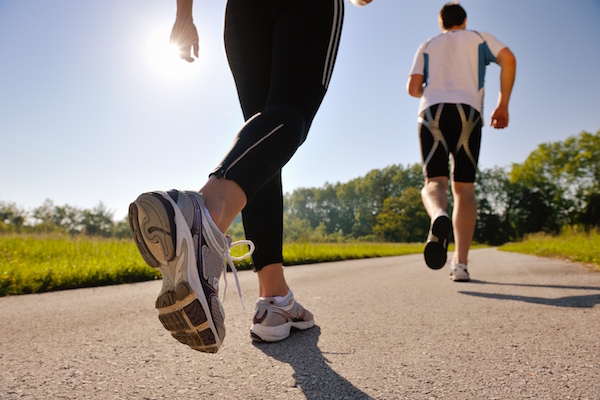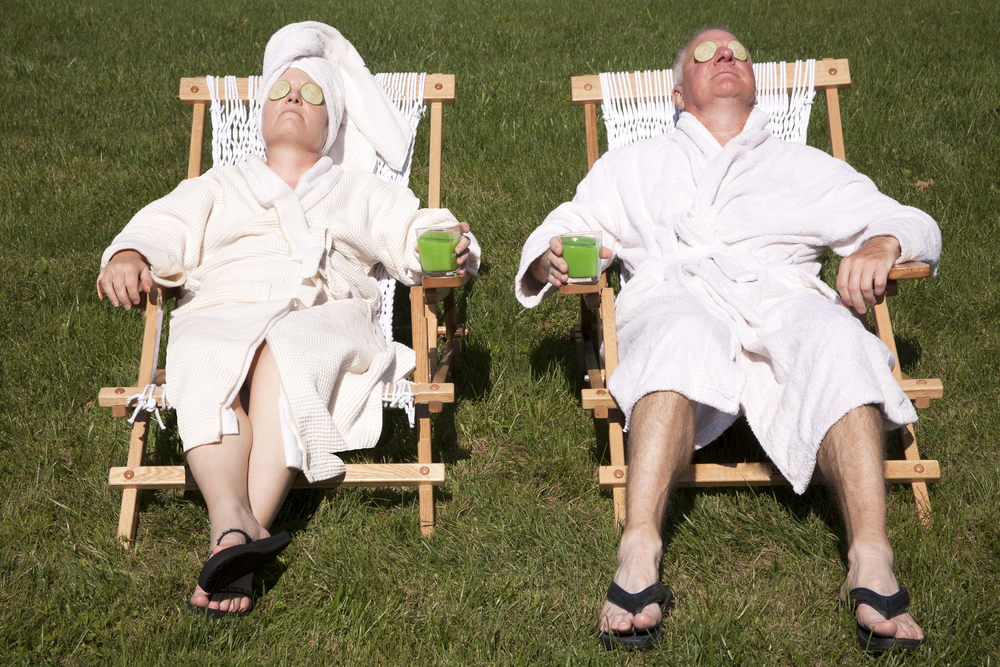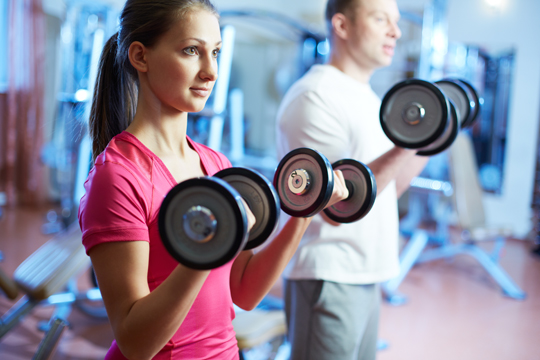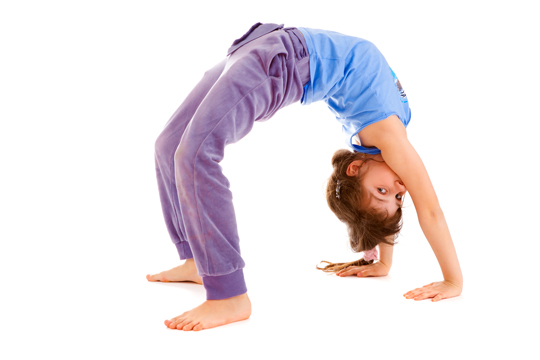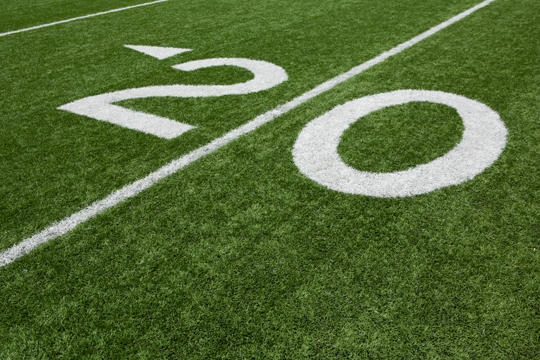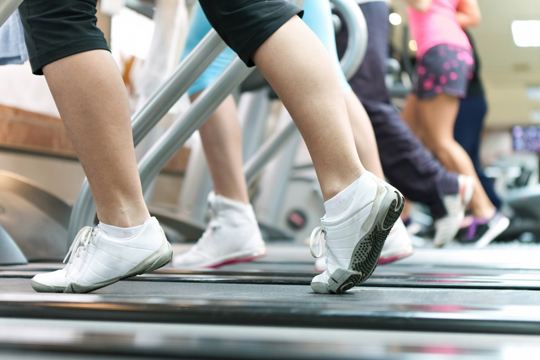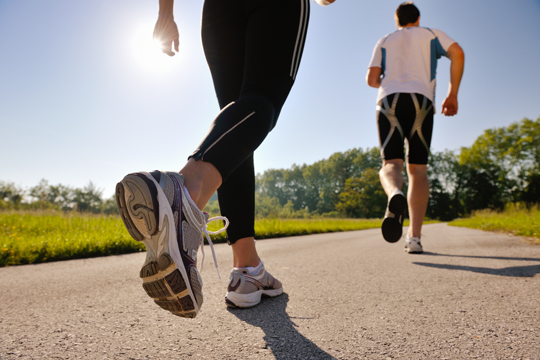Today is National Running Day, but you can’t just go out there and start sprinting; you should make sure you’re prepared. Take a look at these 11 need-to-know facts before you run.
Stretch
Stretching is fundamental to running. Not stretching before you run can result in sore muscles and injury. When warming up for a run, do some dynamic stretches, such as walking and lunges. You want to prepare your body for exercise by moving it; dynamic stretches increase flexibility, which reduces the chance of injury. Static stretches, such as touching your toes, don’t properly warm up your body, making them less than ideal for a pre-run stretch. They are, however, perfect for post-run stretching. Yes, that’s right, you should stretch before AND AFTER a run. Stretching helps prevent tight, sore muscles, allowing you to recover faster. A foam roller, is perfect for massaging your muscles after a good run. You can buy various massage rollers on Amazon, such as this professional grade exercise foam roller for $26.96 as of June 3, 2016. You can also use a tennis ball to massage sore feet after a run. Simply pop a couple of balls into the freezer and voila you’ve got a chilled personal massager for your hot, achy feet.
Proper Shoes
Whether you’re beginning a running regimen or just going for a brisk stroll, you’ll want to wear the proper shoes. Take it from one of our interns who learned the hard way – they ran a mile in sprinter’s cleats their freshman year of high school, and their shins haven’t been the same since. If you’re starting a running regimen, you should visit a running specialty store to get fitted for proper running shoes. A good pair of running shoes should cost you about $100. If that’s not your thing, at least invest in a pair of good insoles that will help comfort your feet. If you’re looking for some quality running shoes, try Amazon’s wide selection. For more information on buying proper running shoes, check out this blog.
Pace
Don’t try to take on too much too soon. For example, if you’re not used to running, don’t expect to be able to run 2 miles or run for 30 minutes straight. Start with something reasonable. One popular method is the run-walk method. Run for one minute, then walk for 2 minutes. Alternate that way until you reach your desired running time. Maybe aim for 10-15 minutes total the first time. You can slowly work up your running time by decreasing the walk time by 30 seconds, each segment. This technique will help you to recover faster and erase fatigue. Also, it will be easier to keep going with each walking break.
Health Benefits
Whether you want to lose weight or improve your heart health, tunning is a great way to get health and stay healthy. Running, even a little bit each day, can improve your heart quality which will lower your chance of cardiovascular disease, a high-risk killer in the US. It’s great for your legs and abs, just as summer is rolling in. It’s also an excellent benefit to your mental health. Keeping up with a running schedule can give you a boost of confidence and reduce your stress. Also, it improves your mood because running will give you waves of endorphins. So, yes, Elle Woods was right. If you think you might have some complications while running, make sure to check with your doctor before trying anything.
Location
With running, where you go along your journey is just as important as how quickly you arrive at your health destination. For some runners, the fresh air and changing scenery of an outdoor run helps the miles go by more easily. Of course, it makes sense to beware bad weather since catching a cold would be counterproductive to your health goals. Plus, advanced planning is even more important for an outdoor run. Hills and rugged paths can increase your risk of injury or early fatigue while a long distance run means planning how you’ll stow your water bottle, cellphone, and other things you might not want to leave in the house or car. Of course, running on a treadmill is a more convenient solution. The air conditioning isn’t bad either. If using a treadmill, keep track of how you’re doing. Most treadmills allow you to change the incline and speed according to match your current fitness level and desired intensity. If you’re looking for a treadmill, try Amazon’s best seller Weslo Cadence G 5.9 Treadmill for $287.00 as of June 3, 2016.
Time of Year
Cold season and extreme conditions aren’t the only reason to watch the weather before you run. There’s a big difference between running in the cold and running in the summer. High humidity decreases sweat production so that your body retains heat. High temperatures increase the risk of dehydration if you forget to drink water while exercising. Also, don’t forget your sunscreen and a light hat to help protect you from the sun. In summer, dress lightly with light colors to reflect more sun. As for the winter running in the winter chill, you may need several layers of clothing and a longer stretch and warmup session to reduce risk of injury as well as cold. Rule of thumb is to dress as if it’s 20 degrees warmer out to account for the rise in body temperature that will occur during your workout. Don’t forget that there’s not much traction in the snow so invest in traction cleats. You can get a pair of Yaxtrax Pro Traction Cleats for Snow and Ice for $17.39 on Amazon as of June 3, 2016.
Diet/Hydration
Keep track of what you put in your body.
– Bananas are great fuel before a run because they are fat-free and loaded with potassium and carbohydrates.
– Salmon should be in your diet because those Omega-3 fatty acids are good for your heart.
– Eat kale because it’s filled with vitamins, iron, and calcium.
– Stay hydrated. Water is your go to drink, but that won’t replenish the electrolytes you lose when from sweating so drink some electrolyte drinks as well.
–There’s also an old wives’ tale that if you do cramp up, drink some pickle juice. Gross, but meant to be effective.
–Caffeine is good for endurance. I know that you want to go straight for the coffee but try green tea instead, much healthier.
Music Playlist
While many professional runners don’t require music, you may not be at that level yet and just running may get boring. Music can be a good way to keep you pumped up so plan your running soundtrack accordingly. Sad songs at a slow pace won’t motivate you to run so try to get songs with upbeat rhythms and pumping music. Another good option for treadmill runners: a fascinating book. It can be a little harder to focus on the story while you’re running but if it’s a really good book, it’ll distract you from the burning sensation in your calves and thighs. Of course, don’t let yourself become so distracted that you’re not watching where you’re going. Don’t run into the middle of the street when the light turns green just because you were distracted by Beyoncé.
Running with a Partner/ Trainer
Running with someone else helps you stay focused and motivates you to keep going. If running with a friend, choose wisely so they help you keep up the good work and you can do the same for them. Find a nice place where you can enjoy the scenery; decide if you’re going to go at a nice leisurely pace or if it’s turning into a race. It’s a great and free way to make running less work and more fun. Now, running trainers aren’t free, but they are a good investment. They’re professionals who’ll be able to provide you with even better tips and tricks for nutrition and preventing injury. They can also keep you on track with your goals and give you a consistent and increasingly beneficial exercise routine. If you decide you want a personal trainer, let TalkLocal help you find one.
Form
A simple change in form can mean the difference between a healthy run and a sprained ankle. Most runners try to increase their stride length but you want to increase your stride frequency. Count how many times your foot hits the ground in fifteen seconds and multiply by 4; try to get the number high enough that you’ll reach 180 steps in one minute. While you’re running, make sure to land on the balls of your feet, rather than the heel. Try running barefoot in your home to get a good sense of where to place your foot, you’ll feel a difference. Also, try to keep your upper body relaxed with your elbows at a 90 degree angle, swinging them wastes energy.
Psyche
As they say, the first step to getting your body right is to have your mind right. So, make sure you’re in the right mindset for running. Ask yourself some of these questions and then think of more:
-Why are you running?
-What goals are you setting for yourself as you run?
-Is it by mileage or distance? How often will you run?
Then while you’re running, find ways to keep you going. Set a timer on your phone and don’t stop until you hear it. Once you’ve reached that goal, set it higher. If you’re running and getting tired, pick a specific focus point, such as a tree and run until you reach it, then choose something else, and keep it up until you’re done. This can help increase your speed and endurance. Remember: you don’t have to go all out at once. Start small and keep consistent.
Running is an enjoyable activity to keep you healthy and happy. That’s why we want you to keep these facts in mind. Be safe and happy running.
–––
The owner of this website is a participant in the Amazon Services LLC Associates Program, an affiliate advertising program designed to provide a means for sites to earn advertising fees by advertising and linking to Amazon properties including, but not limited to, amazon.com, endless.com, myhabit.com, smallparts.com, or amazonwireless.com.

